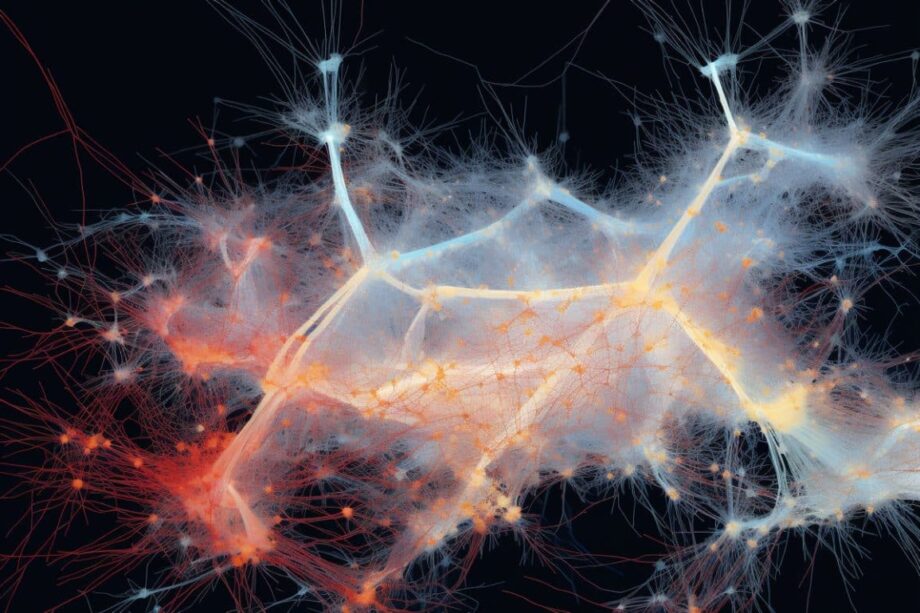A research team led by Cleveland Clinic and Oregon Health and Science University (OHSU) has pioneered a groundbreaking method to map brain communication crucial for understanding behavior changes in neurological disease patients, including Alzheimer’s disease. Dr. Hod Dana of Cleveland Clinic collaborates with OHSU’s Dr. Jacob Raber, a behavioral neuroscientist, in tracing the electrical connections that coordinate brain regions responsible for various tasks.
Behavioral and personality alterations in Alzheimer’s and related disorders stem from changes in brain function, according to Dr. Dana. Understanding the precise nature of these changes could open the door to slowing or halting the disease progression. Recording brain activity patterns underlying these behavioral shifts marks the initial stride towards achieving this.
Decision-making, memory formation, and task completion all rely on brainwaves and neural pathways involving neurons. Researchers observe how neurons activate and deactivate under different circumstances to study the influence of brainwaves on behavior and decision-making.
The team’s recent publication in Nature Communications details their utilization of CaMPARI, a calcium sensor system, to map brain activity in preclinical models during cognitive tasks. Drs. Dana and Raber intend to employ CaMPARI in further preclinical studies to understand how Alzheimer’s-related genes impact neural signaling for learning and memory.
Their ultimate goal is to translate their findings into tests and interventions enhancing the lives of patients with neurological conditions, offering improved treatment options. Dr. Raber expresses optimism, saying, “We can now study the relationship between brain activation and cognitive performance at an unprecedented level. This marks the first steps in developing strategies to reverse these changes and enhance cognitive performance in those affected by neurological conditions. The future of behavioral and cognitive neuroscience is promising.”
Source NeuroScienceNews

